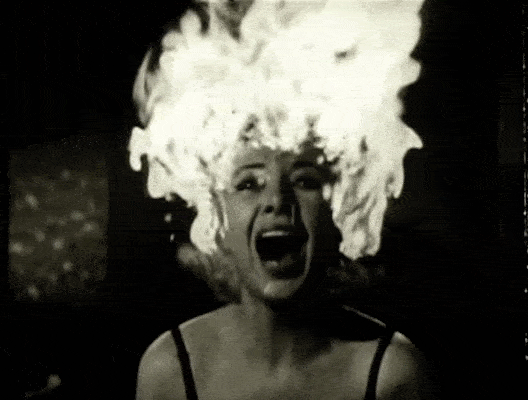Ok Wrimos, you’ve made it to the magical milestone of finishing your first draft. It was awesome, you celebrated, you took a snapshot of your winner certificate. But now what?
If you’re like me, you’re probably slightly nauseated at the editing and re-writes that await you.
So in the spirit of eating an elephant one bite at a time, I made a list based of off what the very sensible Rachel Aaron suggested.
2k to 10k: Writing Faster, Writing Better, and Writing More of What You Love
By Rachel Aaron
So even though I wrote about this book before, I had saved my notes from the editing section to write about when I was ready to do my own edits.
She walks you through 3 main steps to begin your editing process. Thankfully, these are very straightforward steps:
- Make a Scene Map
- Make a Timeline
- Make a To-do list of all fixes
The Scene Map
This is not meant to be fiddly or overly detailed, it is meant to help you later navigate your story when you begin to fix certain elements.
Chapter 1 (8000 words)
- Scene 1 – S drives to the woods and meets friend.
- Scene 2 – S and friend find dead body.
- Scene 3 – S and friend run away but leave behind all their camping gear.
After doing this for the whole draft, she then suggests that you find a way to visually assess your various plotlines and subplots. Then print it out. For example, for every scene where S and love interest develop their relationship, maybe highlight that in pink. If you see that there is hardly any pink anywhere and you meant to have a romantic suspense, then you know you’ve got a problem and where to start evening it out when you begin the edits.
The Timeline
With a scene map completed, you can then create a timeline. You can think of this as your setting and the duration of the scenes. For example if you realize that your villain has been sitting around for 3 weeks doing nothing, that’s probably not very realistic. Now you have an item to fix.
The To Do List
As you go through the draft on your first pass, and after reviewing your scene map and timeline, you will be taking notes and compiling a long list of items to fix–the punchlist items of your story.
Also, rank these problems in difficulty from hardest to easiest to resolve. Tackle the hard ones first.
And here’s where you see the genius of Rachel’s scene map. She does not recommend you do front to back editing (ie, beginning to end) because it’s hard to keep all those things in your head as you start a fix. Because if you think about it, let’s say in that example I gave above, when you realize that your protagonist and her romantic interest have hardly any spark, instead of re-reading your whole draft to find every scene where you could insert a steamy kiss or shared revelation to deepen intimacy, but also run into other chronological fixes from your punchlist and then get distracted and start changing the physical characteristics of another character, Rachel recommends you fix that entire romance problem all at once by hopping around using the scene map.
That way, you tackle your fix it list in a systematic fashion and can actually cross things off as done.
Logically, what she suggests is extremely sound advice. I’m looking forward to implementing these and I’m grateful to her for sharing her wisdom in this book.




Super jealous of people who were able to finish their draft in a month! I don’t think any of my drafts will ever come in under 100K. I end up writing way too much, then having to make some painful cuts. Great advice for when I get to the editing stage!
Because I wanted to finish within a month, I made a lot of style decisions to keep it compact on Oct. 31. The problem was that I started to run out of things to write about in week 4! That meant I had to go back and logically figure out what scenes I should add in to flesh out the characters or story arc.
I like the ideas that you have suggested. Like many, I have avoided beginning to edit my nano novel. I liked the story, I passed the winners post but the end was scrappy. I realise that there are quite a few things to be changed – and I’m petrified! The goal kept me going, I now have a novel, albeit in first draft. With no set goal post to work towards, I’m worried about messing up, so am doing the ridiculous thing of burying my head in the sand!
I will try the time line idea, going scene by scene, it makes sense. Thank you